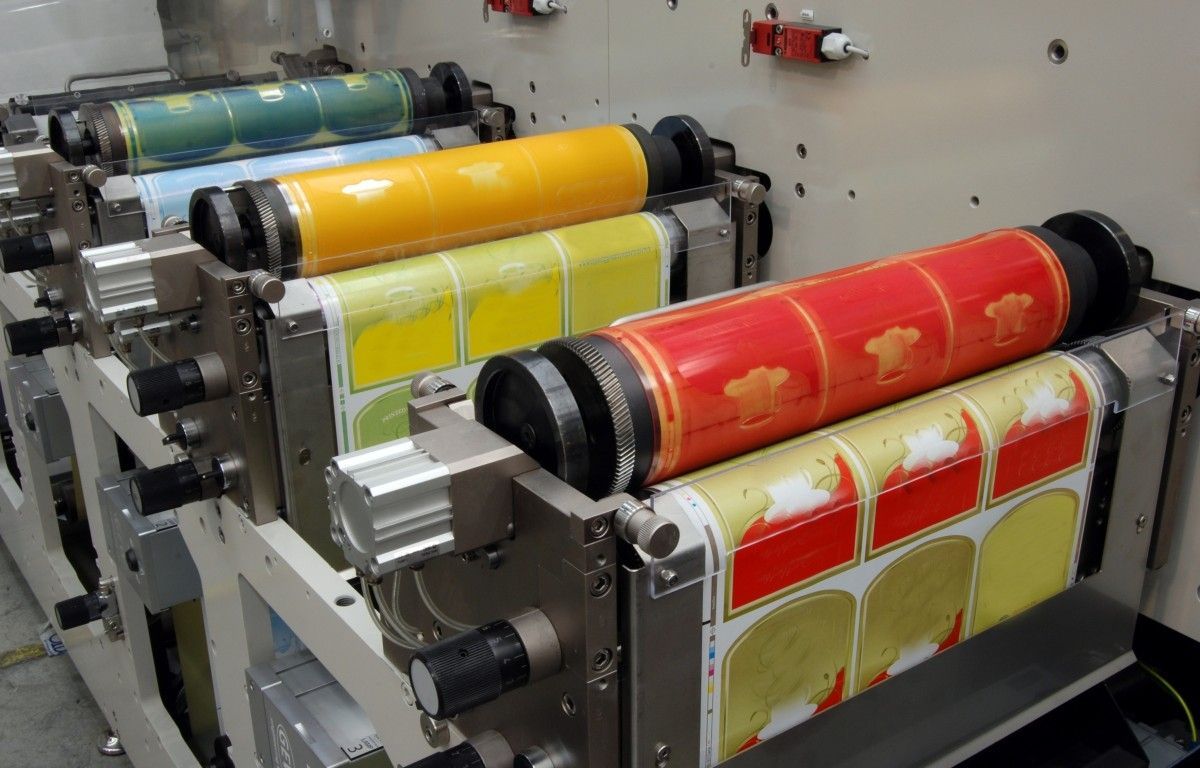The world of printing has evolved significantly, and one of the most exciting advancements is the incorporation of variable data in flexo printing. This technology is not only transforming the industry but also opening new doors for customization and efficiency. But what exactly does it entail? Let’s delve into the fascinating realm of variable data in flexo printing and understand its impact.

Understanding Flexo Printing
Flexographic printing, more commonly known as flexo printing, is a technique that uses flexible relief plates to print on various substrates. This method is particularly popular for packaging and labels, owing to its versatility and speed. For more on flexographic printing, you can visit this comprehensive guide.
What is Variable Data Printing?
Variable data printing (VDP) refers to the process of changing elements such as text, graphics, or images from one printed piece to the next without stopping or slowing down the printing process. This is particularly useful for personalized printing, such as direct mail campaigns, where each piece can be tailored to the recipient.
How Variable Data Works in Flexo Printing
In flexo printing, incorporating variable data involves using digital technologies to modify the content dynamically. This means that within a single print run, each print can be unique. The integration of digital and traditional printing methods is what makes this possible.
Advantages of Variable Data in Flexo Printing
Customization and Personalization
One of the most significant advantages of variable data in flexo printing is the ability to customize each print. Businesses can create targeted marketing materials that speak directly to their audience. This personalization can significantly improve engagement and response rates.
Efficiency and Speed
Integrating variable data does not compromise the speed of flexo printing. The process remains fast, allowing large volumes of work to be completed in shorter timeframes. This efficiency is crucial for meeting tight deadlines and ensuring productivity.
Cost-Effectiveness
While the initial setup for variable data printing might be higher, the long-term benefits outweigh the costs. Businesses can reduce waste by printing only what is needed and can adjust campaigns quickly without incurring significant expenses.
Applications of Variable Data in Flexo Printing
Direct Mail Campaigns
Direct mail is one of the most common applications. Companies can personalize each piece with the recipient’s name, address, and even tailored offers.
Label Printing
Variable data allows for dynamic labels that can include unique identifiers, expiration dates, or batch numbers. This is particularly valuable in industries like food and beverage.
Promotional Materials
From flyers to brochures, businesses can create promotional materials that are not just informative but also personalized, enhancing customer interaction.
Challenges in Implementing Variable Data
Despite its benefits, implementing variable data in flexo printing can present some challenges:
Technical Limitations
The integration of digital and traditional printing requires advanced technology and expertise. Companies might need to invest in new equipment or training.
Data Management
Handling large volumes of data can be daunting. Businesses need robust systems to manage and process the data efficiently.
Future of Variable Data in Flexo Printing
The future looks promising. As technology advances, the capabilities of variable data in flexo printing will continue to grow. We can expect even more personalized and efficient printing solutions in the coming years.
Conclusion
The integration of variable data in flexo printing is revolutionizing the way businesses approach printing. From personalized marketing to efficient production, the benefits are undeniable. As the industry continues to evolve, embracing these advancements will be key to staying competitive.
FAQs
What is flexo printing used for?
Flexo printing is commonly used for printing packaging materials, labels, and other flexible substrates. It is known for its speed and versatility.
How does variable data printing work?
Variable data printing works by using digital technologies to change elements like text and images during the printing process, allowing each piece to be unique.
What are the benefits of variable data in flexo printing?
Benefits include customization, efficiency, cost-effectiveness, and the ability to create personalized marketing materials.

Relevant Links
For more insights into related topics, you can explore the ink drying systems in flexo or learn about ESG compliance in flexo printing.






